
Copernical Team
China Reports Progress on Manned Lunar Program with Development of Key Technologies
 The China Manned Space Agency (CMSA) recently provided an update on China's ongoing manned lunar exploration efforts, indicating steady progress toward achieving a manned moon landing before 2030. This ambitious goal is being pursued through the development of several critical technologies and spacecraft, marking significant steps in China's space exploration journey.
Central to these effo
The China Manned Space Agency (CMSA) recently provided an update on China's ongoing manned lunar exploration efforts, indicating steady progress toward achieving a manned moon landing before 2030. This ambitious goal is being pursued through the development of several critical technologies and spacecraft, marking significant steps in China's space exploration journey.
Central to these effo Filmmaker on a mission wants to put astronaut Sally Ride statue in Central Florida

Kennedy Space Center Visitor Complex is home to one. Space Center Houston is another.
Lifelike bronze statues honoring some of the most famous astronauts in history have been finding homes in the space hubs and museums of America in recent years, and documentary filmmaker Steven Barber has had a major hand in each of their placements.
Now he wants to bring a statue commemorating Sally Ride, the first American woman in space, to Central Florida.
His top target is Orlando International Airport, which acknowledged the spirit behind the push, but noted any sort of approval would have to go through a process.
"While we appreciate Mr. Barber's passion in locating a monument at Orlando International to honor beloved astronaut Sally Ride, the preliminary discussions last year were just that—preliminary," according to a statement from the airport's public relations team. "Commissioned and major art pieces at Orlando International undergo a rigorous, pre-established selection process and must fall within our art program policies."
Barber was at Orlando's SpaceCom last month on his mission to drum up interest in the statue efforts but took time to revisit his first project, the Apollo 11 statue of astronauts Neil Armstrong, Buzz Aldrin and Michael Collins that was installed at KSC's Apollo/Saturn V Center Moon Tree Garden in 2019.
Satellites are burning up in the upper atmosphere—what impact could this have on the Earth's climate?
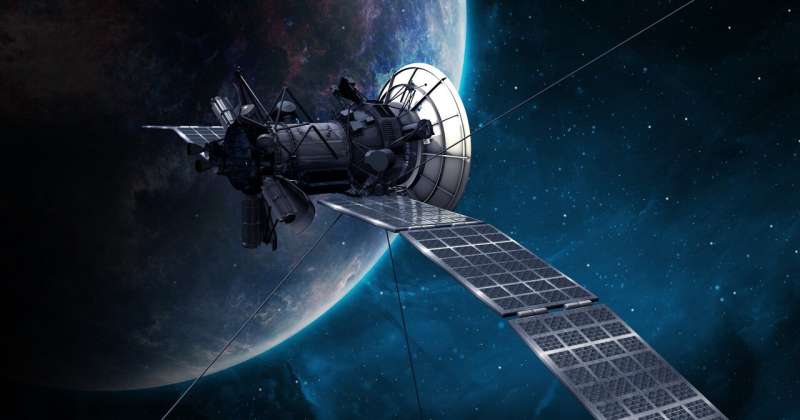
Elon Musk's SpaceX has announced it will dispose of 100 Starlink satellites over the next six months, after it discovered a design flaw that may cause them to fail. Rather than risk posing a threat to other spacecraft, SpaceX will "de-orbit" these satellites to burn up in the atmosphere.
But atmospheric scientists are increasingly concerned that this sort of apparent fly-tipping by the space sector will cause further climate change down on Earth. One team recently, and unexpectedly, found potential ozone-depleting metals from spacecraft in the stratosphere, the atmospheric layer where the ozone layer is formed.
The relative "low earth orbit" where satellites monitoring Earth's ecosystems are found is increasingly congested—Starlink alone has more than 5,000 spacecraft in orbit. Clearing debris is therefore a priority for the space sector. Newly launched spacecraft must also be removed from orbit within 25 years (the US recently implemented a stricter five-year rule) either by moving upwards to a so-called "graveyard orbit" or down into the Earth's atmosphere.
Lower orbiting satellites are usually designed to use any remaining fuel and the pull of the Earth's gravity to re-enter the atmosphere.
The countdown to NASA's Jupiter mission is on. This JPL engineer is helping it happen
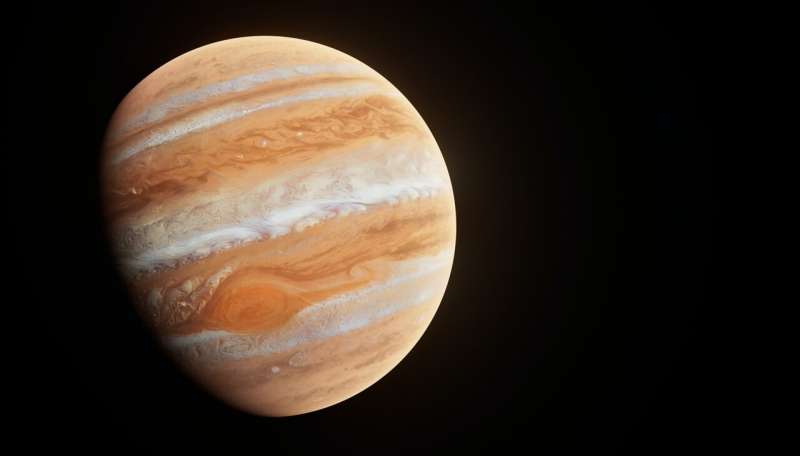
Think of meticulously handcrafted objects and certain things come immediately to mind: fine art, exotic cars, luxury timepieces.
But Pasadena native Steve Barajas spends his days building a bespoke item that's on another level entirely: NASA's Europa Clipper.
The 13,000-pound behemoth, with a solar-array wingspan the length of a basketball court, is one of the agency's most ambitious efforts. It's on an October countdown to launch to Jupiter and its moon Europa, atop a SpaceX Falcon Heavy rocket, to find out if life exists in the deep ocean believed to lie beneath Europa's icy exterior.
The central body of the $5-billion Europa Clipper arrived in June 2022 at the Pasadena campus of NASA's Jet Propulsion Laboratory for the painstaking final assembly of components shipped from across the U.S. and Europe. That's where Barajas comes in.
Barajas, 35, is a mechanical engineer leading a team that, in coordination with other JPL specialists, installs crucial hardware for the ambitious mission. Barajas describes some high points with a parental flair: There's the magnetometer that could confirm whether an ocean exists beneath the Europa ice; the mass spectrometer that will analyze gases in Europa's atmosphere; the infrared cameras that will map the moon's surface composition, temperature and roughness; and the solar panels that will help power the spacecraft instruments.
A capsule with antiviral drugs grown in space returns to earth
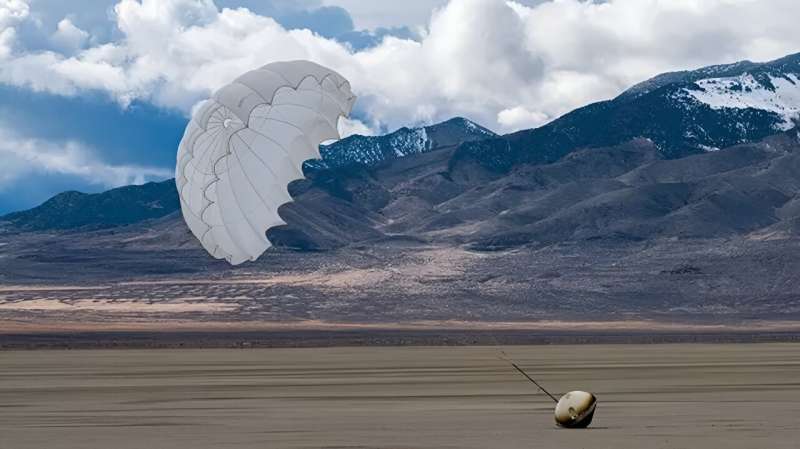
On Wednesday, February 21st, at 01:40 p.m. PST (04:40 p.m. EST), an interesting package returned to Earth from space. This was the capsule from the W-1 mission, an orbital platform manufactured by California-based Varda Space Industries, which landed at the Utah Test and Training Range (UTTR). Even more interesting was the payload, which consisted of antiviral drugs grown in the microgravity environment of Low Earth Orbit (LEO). The mission is part of the company's goal to develop the infrastructure to make LEO more accessible to commercial industries.
Founded in 2020 by former SpaceX employees and Silicon Valley venture capitalists, Varda is part of a burgeoning space industry (aka NewSpace) that is taking advantage of the declining cost of sending payloads to space. In particular, the company's vision is to develop pharmaceuticals and other products in space and return them to Earth via their proprietary reentry capsules.
Sideways moon landing cuts mission short, private US lunar lander will stop working Tuesday
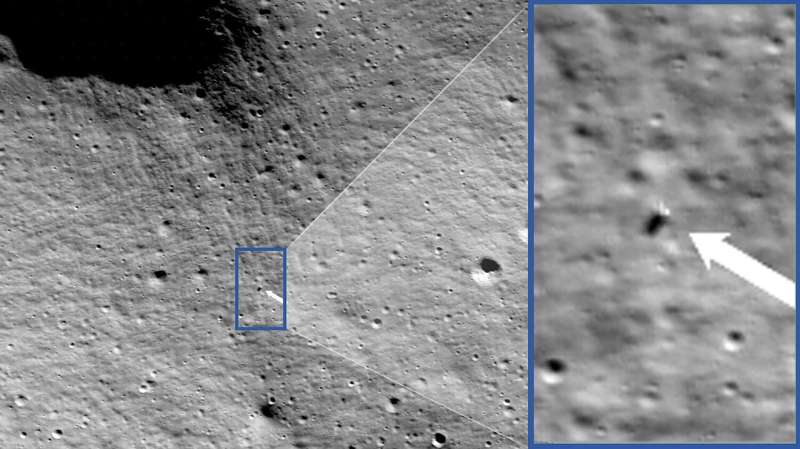
A private U.S. lunar lander is expected to stop working Tuesday, its mission cut short after landing sideways near the south pole of the moon.
Steward Observatory balloon mission breaks NASA record 22 miles above Antarctica
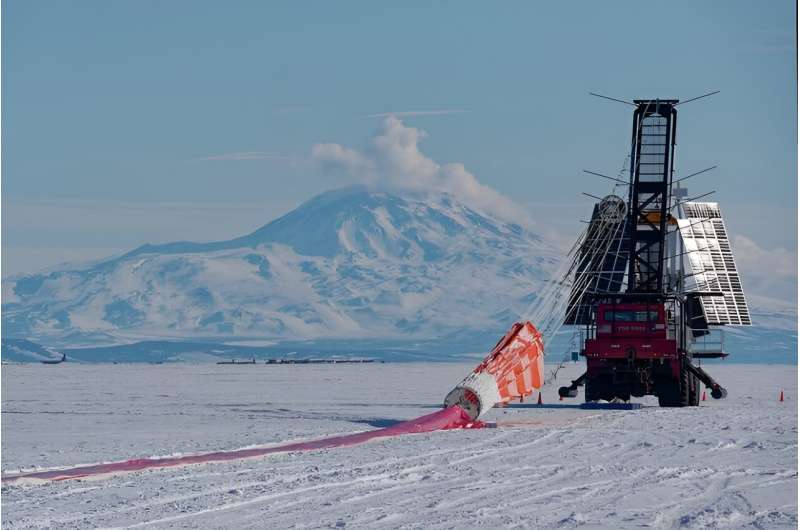
Fifty-eight days ago, on a nearly windless morning on the Ross Ice Shelf, a stadium-size balloon took flight above Antarctica, carrying with it far infrared technology from the University of Arizona's Steward Observatory in search of clues about the stellar life cycle in our galaxy and beyond.
GUSTO—short for the Galactic / Extragalactic ULDB Spectroscopic Terahertz Observatory—has now broken the record as NASA's longest-flying heavy-lift balloon mission, which previously stood at 55 days, 1 hour and 34 minutes. Currently, the enormous zero-pressure balloon is riding stratospheric air currents 120,000 feet above the Antarctic continent, collecting far infrared radio emissions from the matter between stars. GUSTO surpassed the previous record at 10:22 a.m. Saturday Tucson time.
The faint terahertz signals that GUSTO seeks—with frequencies up to a million times higher than the waves emitted by an FM radio—are easily absorbed by water vapor in the Earth's atmosphere before they can reach ground-based telescopes.
Image: ERS-2 buckles and bends during final farewell
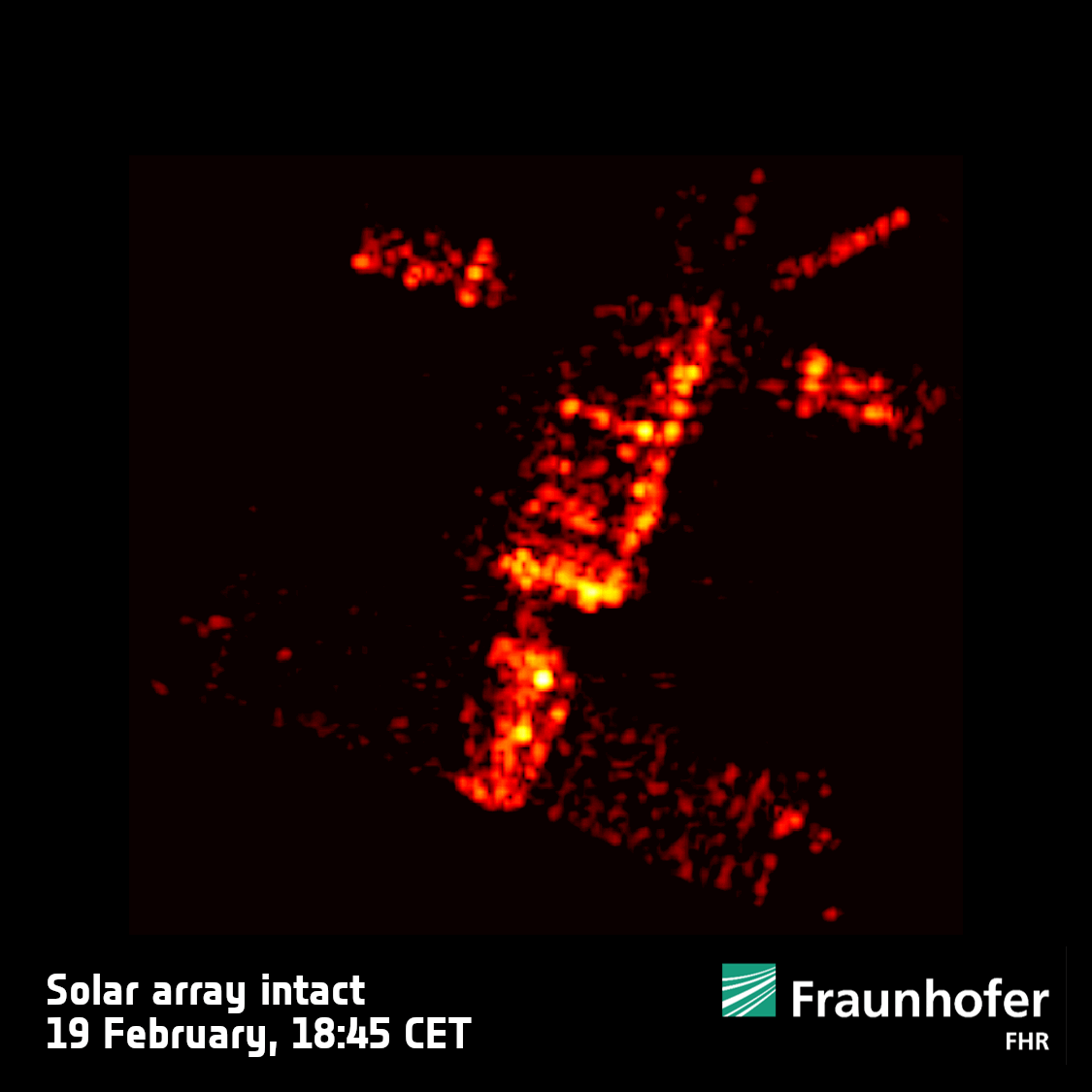
Following a hugely successful mission and almost 30 years in orbit, ESA's ERS-2 reentered Earth's atmosphere at approximately 18:17 CET (17:17 UTC) on 21 February 2024.
Predicting the exact time and location of ERS-2's natural reentry was made more difficult by the lack of new observations of the satellite during its final revolutions around Earth.
This GIF combines some of the final images of ERS-2 tumbling through the sky. They were captured by the Tracking and Imaging Radar (TIRA) at the Fraunhofer Institute for High-Frequency Physics and Radar Techniques FHR in Germany.
TIRA's 34-m antenna tracked the satellite as it passed overhead for a few minutes on 19, 20, and 21 February. The final session took place around 8:00 CET on 21 February, still roughly 10 orbits before reentry.
By comparing the images from the three TIRA tracking sessions, we can see that ERS-2's solar array was already coming loose and no longer firmly attached to the rest of the satellite the day before re-entry.
When predicting a satellite's reentry trajectory, experts treat it as one rigid object until almost the very end.
Argentina authorizes Starlink, rival Amazon Kuiper
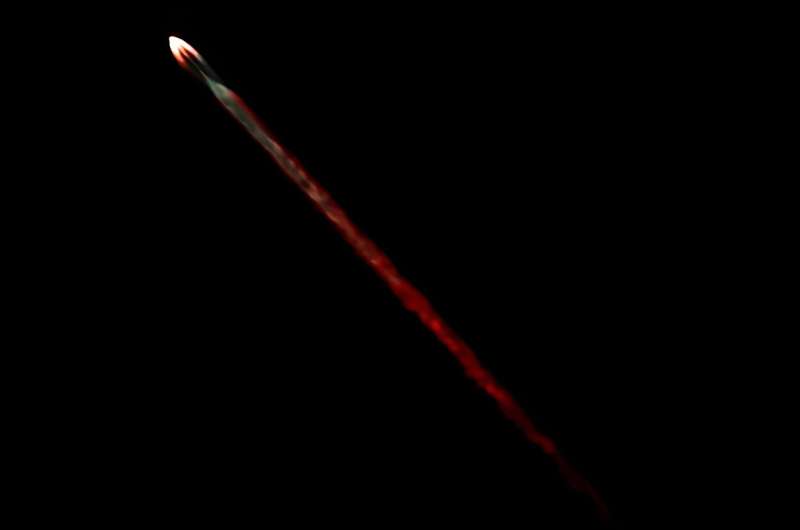
Argentina on Monday gave authorization for the deployment of Starlink, the satellite internet service of Elon Musk—a fan of the South American country's self-styled new "anarcho-capitalist" President Javier Milei.
In a decision published in the government gazette, Argentina's Enacom communications authority authorized Starlink but also its new competitor from Amazon, Project Kuiper, which is due to launch this year, and the London-headquartered OneWeb.
"This means... greater freedom, greater investment and greater competition in everything related to the satellite internet market," presidential spokesman Manuel Adorni told reporters in Buenos Aires.
Adorni said the move would bring internet connectivity to "companies and people for whom, for whatever reason, other technologies don't allow" such access.
According to the Starlink website, its satellite internet service will be available in Argentina in the second quarter of 2024.
Rough landing cuts short historic private moon lander mission

After the historic return of the U.S. to the surface of the moon after more than 50 years last week, a private company's lunar lander will likely have its mission cut short because of how it landed.
Houston-based Intuitive Machines managed to touch down on the moon with its Nova-C lander Odysseus, but the craft tipped over to one side, likely because it had one of its landing gear catch, company officials said. The lunar lander is not expected to be able to maintain power or communicate with mission managers beyond tomorrow.
"Flight controllers intend to collect data until the lander's solar panels are no longer exposed to light. Based on Earth and moon positioning, we believe flight controllers will continue to communicate with Odysseus until Tuesday morning," reads an update from the company's website.
That's bad news for NASA, which paid the company $118 million as part of its Commercial Lunar Lander Services program, which tasks private companies to build hardware capable of bringing payloads to the moon. NASA has six payloads on board worth about $12 million that were aiming for eight to nine days of life before the sun set on that part of the moon, although Intuitive Machines' pre-launch target was seven days.

